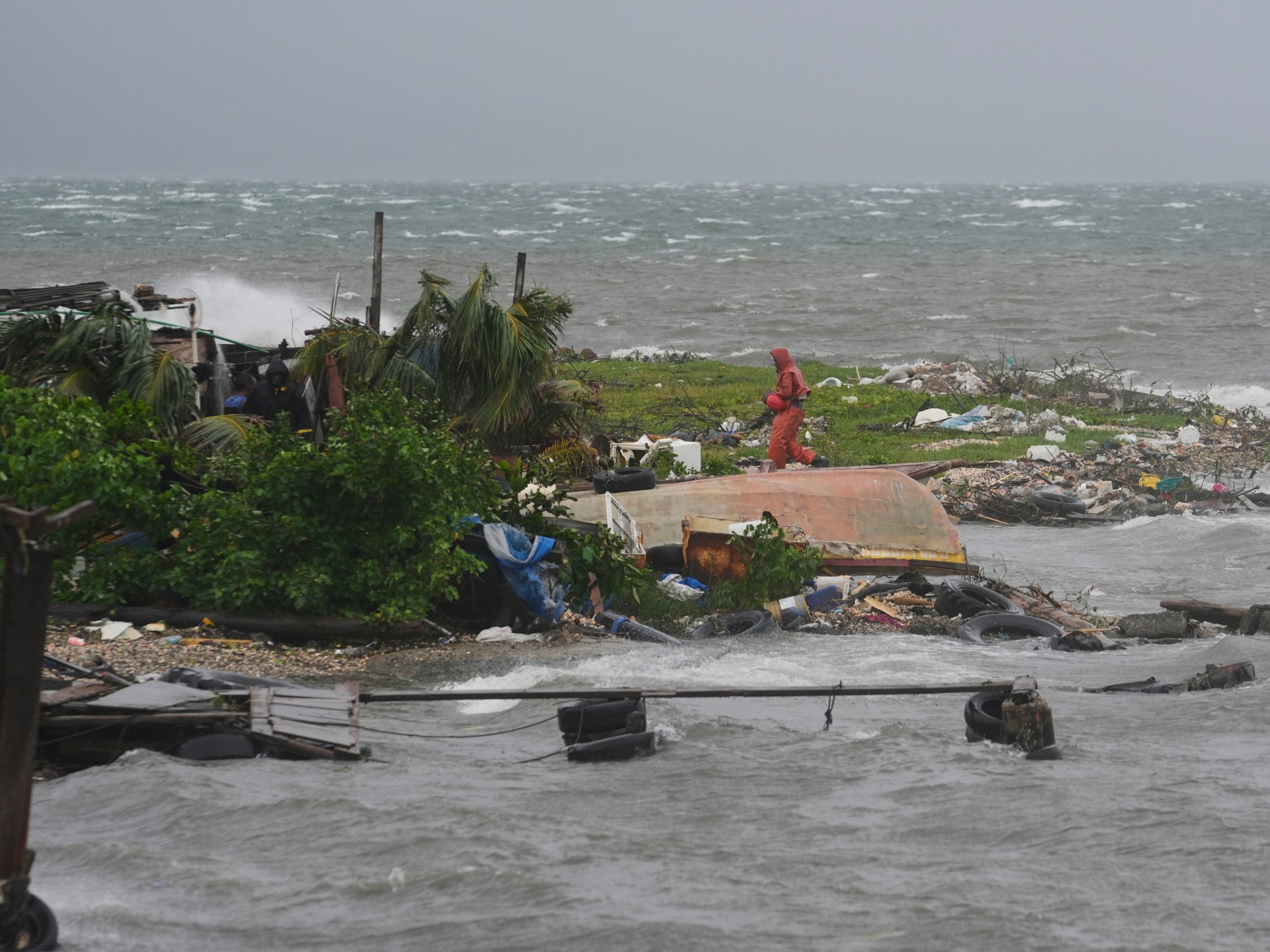Every year, World Stroke Day highlights the growing risk of stroke. In 2025, experts warn that air pollution is a hidden factor harming brain health. Know how polluted air affects the brain and simple ways to reduce stroke risk.

Every year on October 29, World Stroke Day is celebrated to create awareness about one of the most prevalent causes of death and disability in the world. By 2025, the attention is moving to a subtext of an incitement that most individuals do not pay much attention to air pollution. It is possible that the air we breathe daily is slowly putting us at risk of a brain attack or a stroke, to some extent.
Air Pollution and Stroke
Stroke is caused by a blockage or a reduction of blood supply to the brain, which results in a lack of oxygen and nutrients. This causes brain cell damage and in some extreme situations disability or death. Though it is understood that high blood pressure, diabetes, and smoking are dangerous predisposing factors, current studies indicate that air pollution can contribute significantly, as well.
Small air pollutants, in particular PM2.5 and PM10, may get into the blood via the lungs and cause inflammation. In the long run, this causes lesions in the blood vessels and risks of developing clots. These clots may spread to the brain resulting in ischemic stroke. Research studies have also attributed acute exposure to contaminated air as the cause of blood pressure increase and hardening of the arteries, both of which increase the risk of stroke.
Who Is Most at Risk?
It is more dangerous for people who are exposed to cities with high traffic, industrial pollution, and seasonal smog. Older people, children, and individuals with underlying conditions such as hypertension, heart disease, diabetes, etc., are particularly susceptible.
Early Warning Signs of Stroke
Stroke is often unexpected, and the awareness of its symptoms at the initial stages might prevent a stroke. Remember the acronym FAST:
F: Face drooping
A: Arm weakness
S: Speech difficulty
T: Time to call for help
Sudden confusion, loss of balance, severe headache or blurred vision may also be other symptoms. Treatment is also essential, and the brain can be damaged less and recovery will be more effective with immediate treatment.
Simple Ways to Protect Yourself
- Monitor air quality: There are apps to monitor air quality, and outdoor exercise should be restricted during periods of heavy pollution.
- Wear a mask: An N95 mask can cover harmful particles in case it is a well-fitted mask.
- Keep the indoor air clean: This can be done by using air purifiers, not smoking indoors and also by adding plants, which will improve the quality of air inside a room.
- Stay hydrated, eat well: Eating a diet rich in fruits/ vegetables and omega-3 fatty acids helps keep the blood vessels and the brain healthy.
- Treat other risk factors: Check-ups of the blood pressure, sugar, and cholesterol should be regularly done as a preventive measure.
When observing World Stroke Day 2025, one should bear in mind that the concept of stroke prevention is not limited to medical examinations. Another component of brain health is clean air. Every person and society can contribute to bringing down the increasing risk of strokes caused by pollution and implement protective measures to guarantee the future of everyone around the world becomes healthier.
Subscribe to Our Newsletter Today!











Leave a Reply